Uncategorized
-
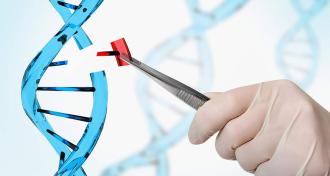 Genetics
GeneticsA CRISPR spin-off causes unintended typos in DNA
One type of CRISPR gene editor makes frequent and widespread mistakes, studies in mice and rice reveal.
-
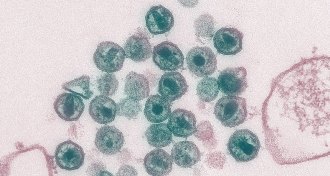 Health & Medicine
Health & MedicineA second HIV patient has gone into remission after a stem cell transplant
A second person with HIV has gone into remission after receiving blood stem cells from a donor unable to make a protein needed by the virus.
-
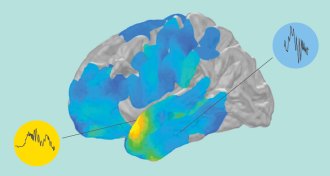 Health & Medicine
Health & MedicineRipples race in the brain as memories are recalled
A fast brain wave called a ripple often came before a person’s correct answer on a memory test.
-
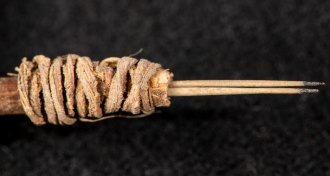 Archaeology
ArchaeologyA 2,000-year-old tattoo tool is the oldest in western North America
The artifact is made of two pigment-stained cactus spines, and has been sitting in storage since its discovery in 1972.
By Bruce Bower -
 Cosmology
CosmologyHidden ancient neutrinos may shape the patterns of galaxies
The gravitational pull of subatomic particles born in the universe’s first second seem to influence how galaxies cluster into rings.
-
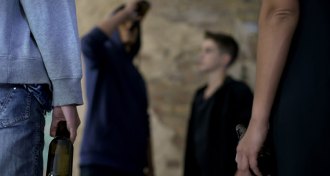 Science & Society
Science & SocietyWelfare reforms may have hurt some single moms’ teenage kids
Welfare reform was meant to help the next generation, but making moms work and capping aid has led to more harm than gain, says a new study.
By Sujata Gupta -
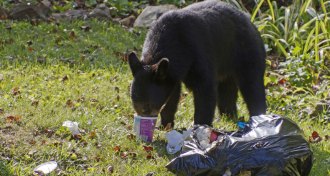 Animals
AnimalsBears that eat ‘junk food’ may hibernate less and age faster
Wild black bears snacking on leftovers of sugary, highly processed foods in Colorado show possible signs of faster cellular wear.
By Susan Milius -
 Life
LifeEating a lot of fiber could improve some cancer treatments
A high-fiber diet, which boosts the diversity of gut microbes, may make an immune therapy against skin cancer more effective.
-
 Chemistry
ChemistryHere’s how long the periodic table’s unstable elements last
Most elements on the periodic table have at least one stable form. But some don’t. Here’s how long those unstable members endure.
By Carmen Drahl -
 Health & Medicine
Health & MedicineSleeping in on the weekend can’t make up for lost sleep
Using the weekend to catch up on sleep is ineffective at making-up for lost sleep and offsetting the consequences to a person’s health.
By Jeremy Rehm -
 Health & Medicine
Health & MedicineWireless patches can comfortably monitor sick babies’ health
New skin sensors that wirelessly transmit health data could offer a less invasive way to keep tabs on newborns in the neonatal intensive care unit.
-
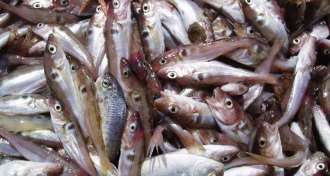 Oceans
OceansOceans that are warming due to climate change yield fewer fish
Warming water due to climate change is diminishing sustainable fishery yields in the world’s oceans.